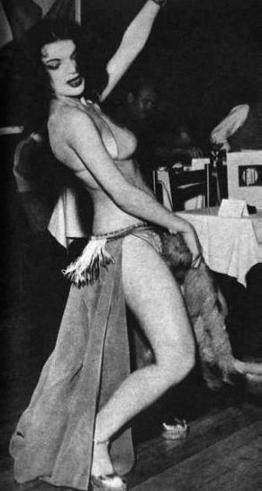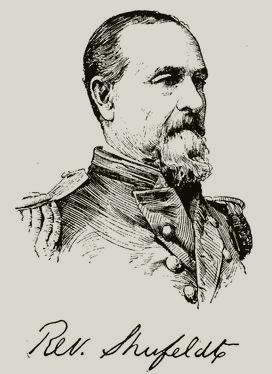http://www.geocities.com/theprezz/trent/trent.htm
Wilkes reached St. Thomas on October 13, 1861,where he took command of two other cruisers, and then sailed onward, arriving at Cienguegos, Cuba eleven days later. While in port Wilkes learned of the arrival of the Confederate commissioners in Havana. He then set sail in the hopes of catching the Theodora, but by the time he reached Havana on the last day of October the Theodora had already left. Rather than attempt a near futile chase of the Theodora (which had a two week head start), Wilkes turned his attention towards the two Confederates.
The Captain sent to of his officers to call upon Mason to try and ascertain through casual conversation what the Confederates' plans were. Mason, however, realized their intent and made sure to thwart their efforts. Wilkes, however, discovered through the United States consul-general in Havana, Robert Shufeldt (himself a formal naval officer), that the Confederates were planing to sail November 7th on board the British mail packet Trent. Wilkes began making preparations for the capture of Mason and Slidell and provisioned his ship with supplies for their comfort.
His executive officer, Lt. Daniel Macneill Fairfax, however, objected to Wilkes' course of action. He felt that the capture of the Trent could ignite a war between the United States and European powers such as Britain and France. Fairfax urged Wilkes to consult an expert in maritime law before continuing. Wilkes, however, was confident in his own interpretation of the law and was unmoved by Fairfax's arguments. Fairfax, realizing the futility of further reasoning with his commanding officer, dropped the issue.
On November 2nd the San Jacinto departed Havana, making sure to leave the impression that she was sailing directly for the United States, as per her original orders. However, during the night Wilkes had the ship double back towards Key West. There Wilkes planned to take on additional supplies for the planned "guests" and he hoped to find additional Navy vessels to aid in the capture of the Trent. Unfortunately, no vessels were then at Key West, so Wilkes turned the San Jacinto around and set a course to intercept the Trent in the Bahama Channel, 300 miles east of Havana.
At 11:40 am on November 8th, the San Jacinto's lookout spotted the Trent less then 10 miles away. Wilkes called his officers to his quarters and explained to them his plans. He put a number of them whose loyalties he doubted under arrested and then selected the members of the boarding party, to be commanded by Lt. Fairfax. The boarding party was authorized and ordered to board the Trent and demand her papers. If Mason and Slidell were on board, Fairfax was to make them and their secretaries prisoners, seize their possessions and dispatches, and make the Trent a prize of war.
At 1:15 pm the San Jacinto fired a shot across the Trent's bow, and that vessel stopped and received the boarding party. Fairfax encountered no resistance beyond the verbal variety and the reluctance of the Confederate commissioners to leave the Trent. However, they eventually realized the futility of resistance and allowed themselves to be taken prisoner. Then, disobeying his orders, Fairfax departed the Trent without making it a prize. He was able to convince Wilkes, however, to overlook that fact by claiming that put a prize crew on the Trent would inconvenience its innocent passengers and would also impair the San Jacinto's fighting ability.
Unfortunately, as the San Jacinto sailed back to a hero's welcome in the United States, Wilkes and Fairfax had no way of knowing that the British didn't appreciate their generous act of allowing the Trent to go rather than making it a prize. Little did they know that their actions would bring the United States and England to the brink of war.








